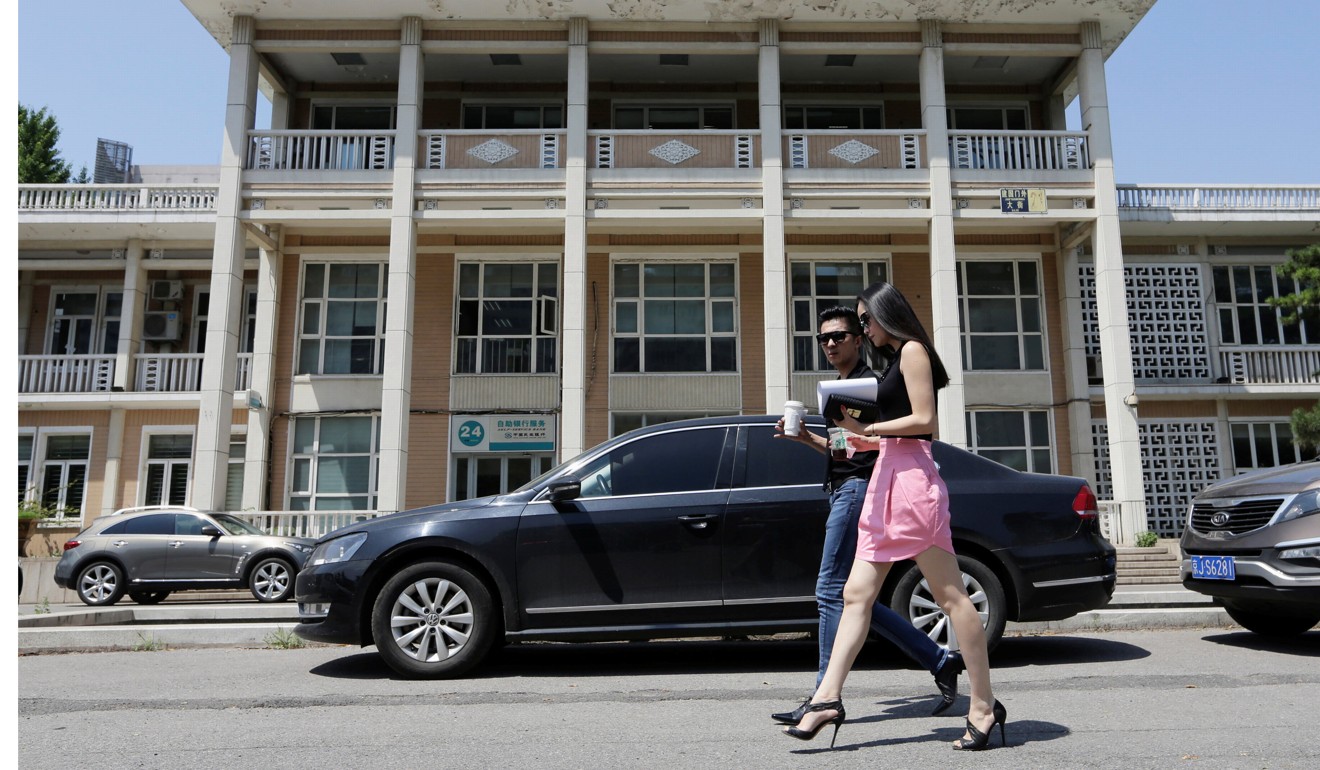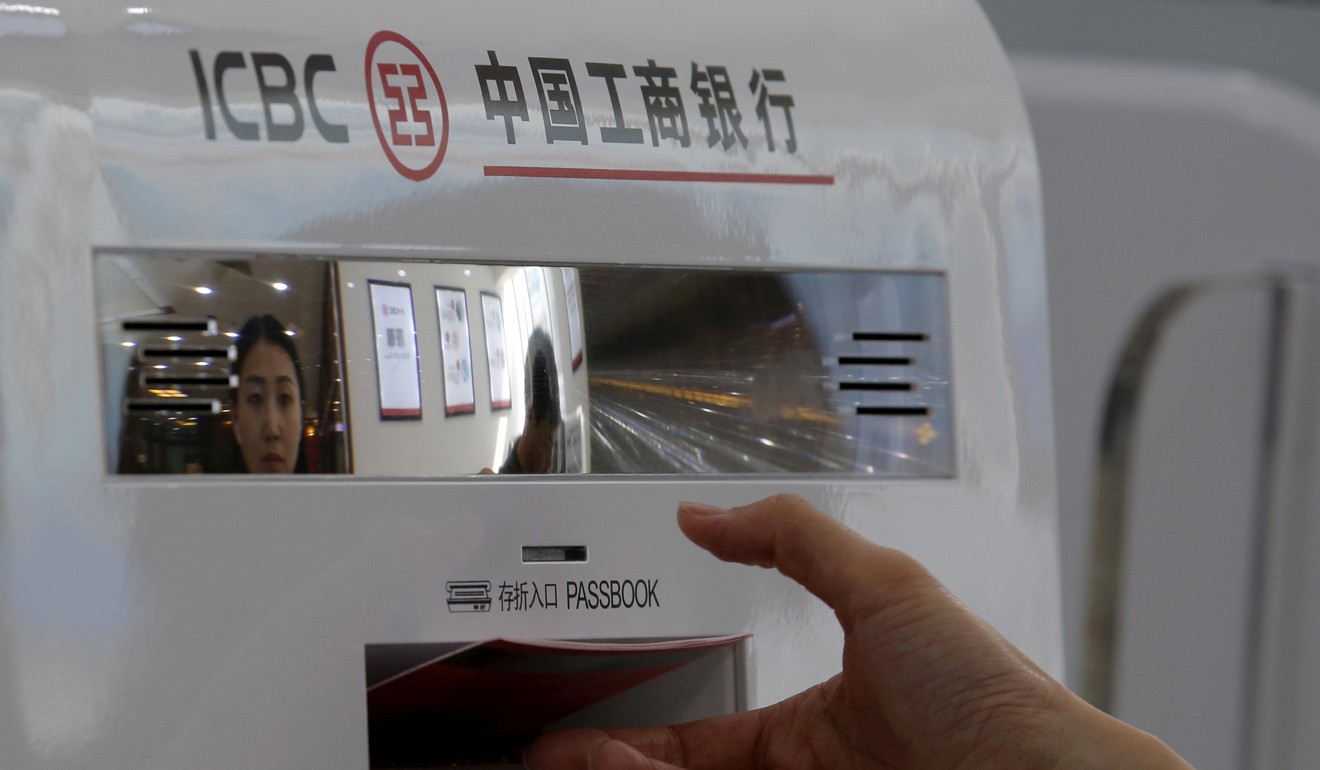
China’s banking sector is facing new headwinds as asset growth cools

For the past few years, Chinese banks boosted their assets at a rapid clip, mainly by disguising loans as investments. But as the expansion has slowed considerably in recent months, industry insiders are beginning to flag concerns.
A review of commercial banks showed the expansion rate of their “investment” assets, a loosely regulated asset category, peaked in 2015 and then slowed considerably in 2016 and 2017. Growth of “investment receivables”, as banks packaged their actual lending in their balance sheets, cooled to 7.8 per cent in the first quarter from 9.8 per cent in 2016 and 58.6 per cent in 2015.
The drastic slowdown is accompanied with slowing growth in the broad money supply, known as M2, which tapered from a 14 per cent annual expansion at the beginning of 2016 to 10.5 per cent in April. Meanwhile, asset growth at banks has also slowed, falling from 16.7 per cent in January 2016 to 14.6 per cent in April.
“One focal issue we should closely follow is whether financial regulations are denting real economy financing, and weakening economic growth momentum,” said Wu Ge, chief economist with Huarong Securities.
Among the concerns is the pace at which China’s banks ballooned their lending in the past.
On one hand banks ratcheted up their liabilities, the base for lending, through cheap wholesale funding. They also structured lending as investments instead of loans so they could set aside little or no capital for potential losses, freeing up bank capital.

For example, Nanjing Bank, a mid-sized joint-stock lender, in the third quarter had 268.7 billion yuan (US$39 billion) in “investment receivables”, nearly as big as its loan portfolio. By the first quarter that figure dropped to 224 billion yuan, or 67 per cent of its loan portfolio.
Nanjing Bank also ratcheted up its off-balance sheet lending by amassing cheap funding from millions of ordinary savers, and invested these “wealth management products” into asset management schemes. These schemes in turn invested in the bond market as well as non-standardised assets backed by developers, local government financing vehicles and state-owned enterprises plagued by overcapacity. For banks, removing these “investments” off-balance sheet can save on loss provision, risk weighting, and make it easier to extend loan deadlines or new credit to borrowers.
The bond rout at the end of last year, and another in the past quarter, hurt smaller banks who used to outsource a chunk of their funds to securities and private funds to invest in the secondary bond and equity market. About 40 per cent of banks’ off-balance WMPs are invested in bonds, according to Moody’s. Investors withdrew an estimated 10 trillion yuan from the bond market..
The remainder, the non-standardised assets, also faced a conundrum. Non-standardised assets are a vast collection of entrusted loans that are monitored as “shadow banking” by the central bank, but also out-of-sight “beneficial interest”, and debts disguised as equities.

Citic Bank recently halted all of its debts disguised as equity financing, Caixin reported.
Industrial Bank, SPD Bank and Minsheng Bank also have non-standardised assets of more than one trillion yuan.
Yet if all non-standardised assets were required to count on the balance sheet, banks may need a recapitalisation. According to a Morgan Stanley report, around 28 trillion yuan of non-standardised assets, of which eight trillion yuan are off-balance sheet WMPs, are subject to regulatory scrutiny. If matched with higher risk weighting, it would require 8 per cent of banks’ current capital base.
A bigger concern is whether the clean-up will drag on China’s credit supply, impacting the country’s lower-quality borrowers by pushed up their borrowing costs. Many local government financing vehicles’ projects span 10 years and have to rely on debt “rollovers” to keep afloat.